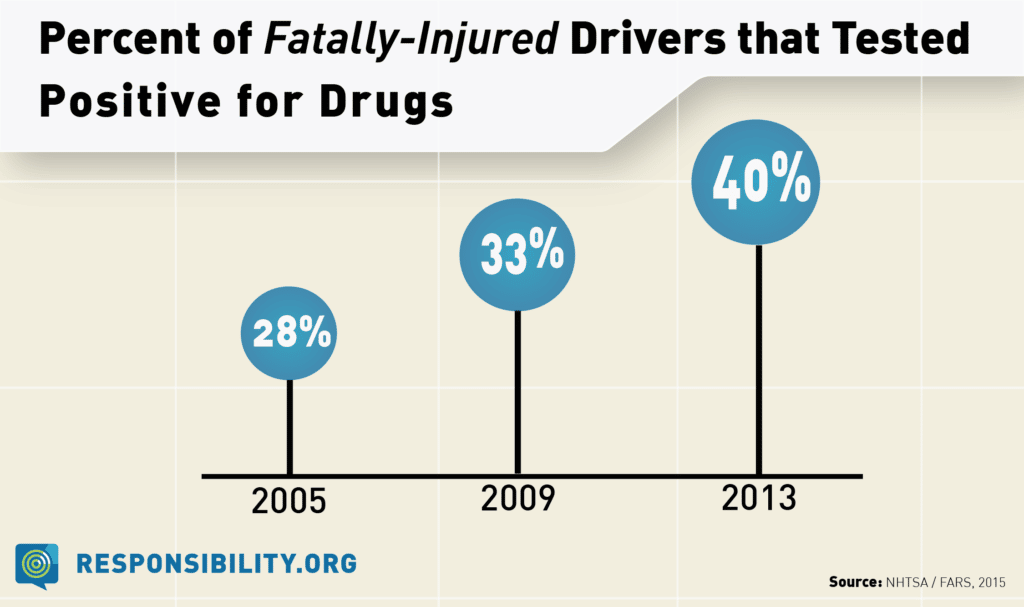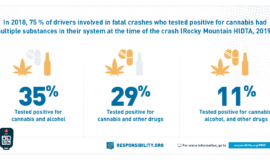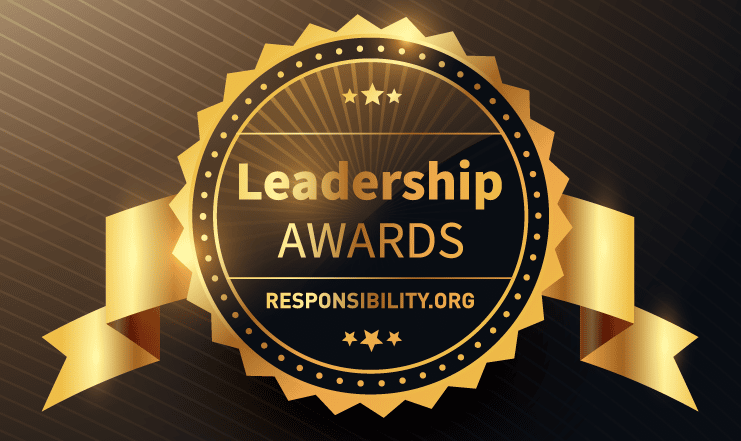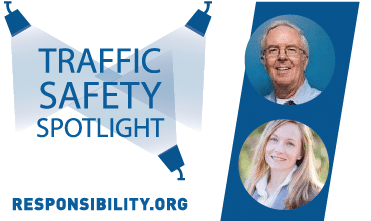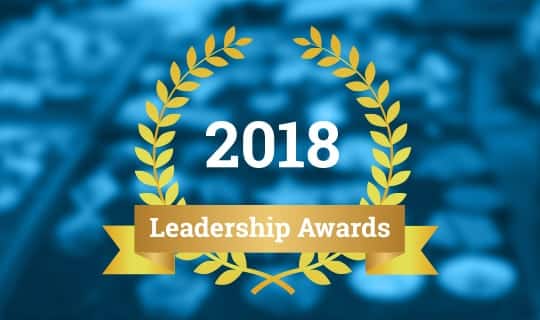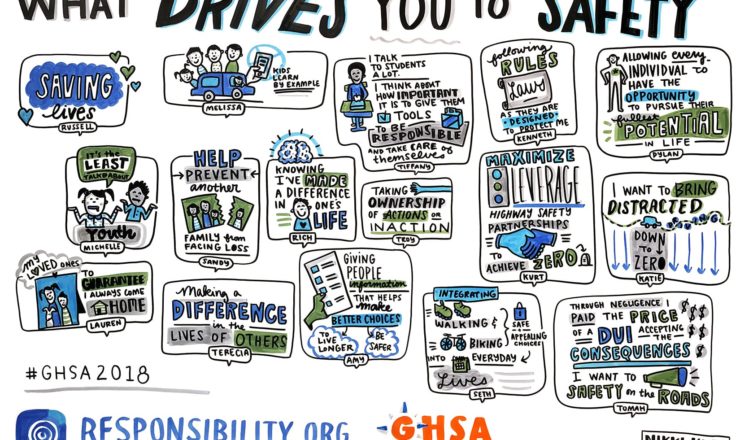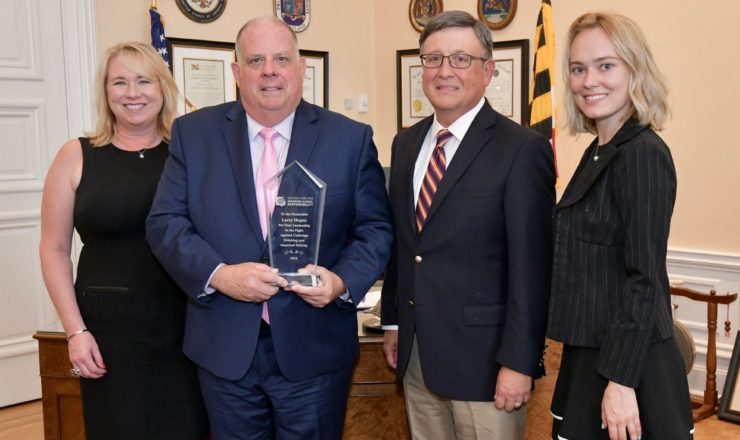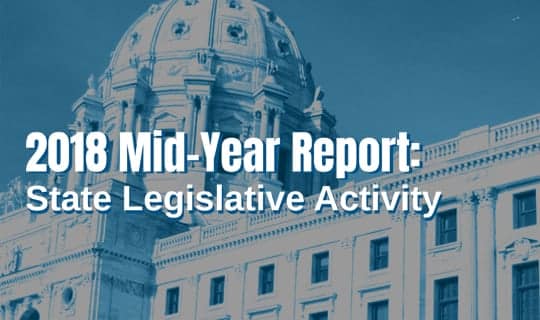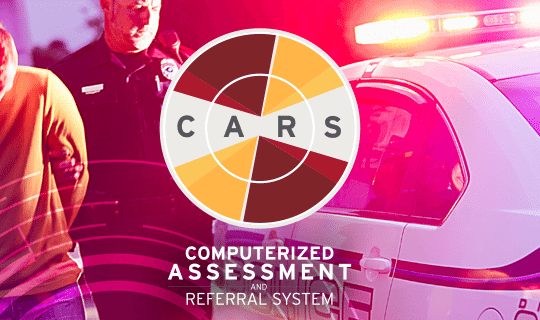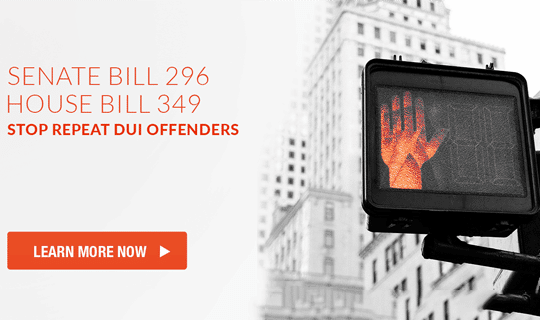Drugged driving is increasing. But what can we do about it?
I recently sat down with FOX & Friends host Brian Kilmeade to discuss this impaired driving trend.
Brian pointed out that in 2013, National Highway Traffic Safety Administration’s (NHTSA) Fatality Analysis Reporting System (FARS) data showed that 40% of fatally-injured drivers with a known test result tested positive for drugs, almost the same level as alcohol at any positive BAC. This number has steadily risen, increasing 12% since 2005 and 7% since 2009.
Roadside survey data also reveal an increase in the prevalence of drugged driving.
Results from NHTSA’s National Roadside Survey (NRS) in 2013-2014 found that 22.5% of night-time drivers tested positive for illegal, prescription, or over-the-counter medications (based on the combined results of either or both oral fluid and blood tests). Comparatively, only 1.5% of night-time drivers tested positive for a BAC above the legal limit of .08. The drug that has shown the largest increase in weekend nighttime prevalence is THC (marijuana). In the 2007 NRS, 8.6% of weekend night-time drivers tested positive for THC. This number increased to 12.6% in the 2013-2014 NRS. That is a 48% increase.
These statistics are obviously troubling and Brian expressed concern over our ability to detect and remove drug-impaired drivers from our nation’s roadways. While there are enforcement measures in place (which I previously discussed in-depth), there is more that we can do to reduce the occurrence of drugged driving.
Last week, the Governors Highway Safety Association (GHSA), with funding from Responsibility.org, released Drug-Impaired Driving: A Guide for What States Can Do. This report is the first comprehensive look at the issue of drug-impaired driving and synthesizes the current state of knowledge, drugged driving laws, and intervention strategies. An advisory panel consisting of national experts also weighed-in to develop practical recommendations that policymakers, state highway safety offices, and practitioners can utilize to prevent drug-impaired driving.
In his guest blog, report author Dr. Jim Hedlund highlighted some approaches that states can employ to address this growing problem. These include: being proactive and assessing the current nature of the problem in your state; reviewing and updating policy and laws; improving drugged driving data collection through increased testing; training law enforcement, prosecutors, and judges to effectively identify, adjudicate, and sanction drugged drivers; and raising public awareness.
In a perfect world, impaired driving would not exist. However, this is not our current reality. While the decrease in drunk driving is promising, the increase in drugged driving presents a new challenge. We need to do more work and conduct more research to better understand this complex issue. Luckily, more than three decades of experience in combating drunk driving can help inform our efforts to reverse the uptick in drugged driving.
So if you want to know what can be done, REGISTER for a GHSA-hosted webinar featuring Dr. Hedlund and I on Wednesday, October 7 at 2 p.m. EST.
Erin Holmes, Director, Traffic Safety and Technical Writer for Criminal Justice Programs, is responsible for managing Responsibility.org’s traffic safety portfolio and partnerships, and is involved in the development of traffic safety and criminal justice policy.


